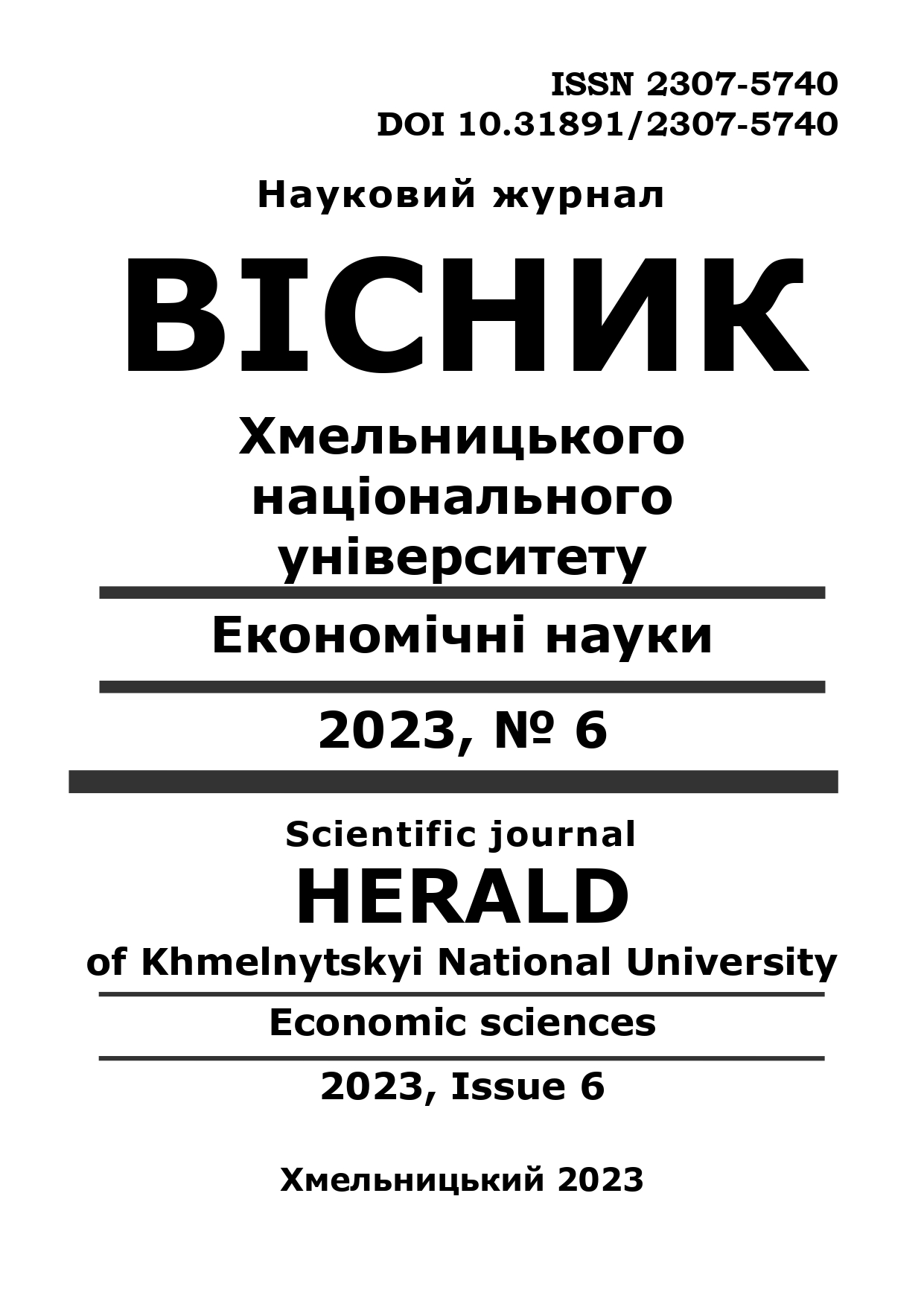PARADIGM OF DIGITAL MARKETING
DOI:
https://doi.org/10.31891/2307-5740-2023-324-6-41Keywords:
digitalization, business, entrepreneurial activity, marketing, paradigm, activity efficiencyAbstract
The article is devoted to the analysis of features and essence of digital marketing, and in particular the content of the modern paradigm of digital marketing. The interpretation of the concepts of digitalization (there is a process of application of digital, information and communication technologies and information on income, improvement of entrepreneurial activity, transformation of business processes, formation of the digital business environment, digitization of possible procedures and operations, etc.) and digital marketing (a set of marketing actions of the modern world. At the same time, digital marketing is a dual phenomenon, as it has a hybrid character: a certain share of functions is implemented online, and the rest - in an offline environment). The content of the modern paradigm of digital marketing is clarified - a set of ways and tools for promoting services or goods in markets using various technologies. The main advantages of digital marketing are allocated: interactivity in attracting consumers for active interaction with business structures, elimination of territorial restrictions in the implementation of the marketing goal, facilitating access to the Internet resources of the enterprise, opportunities to assess the effectiveness of marketing mechanisms and activities, use of marketing in management activities in real time. The main components of digital marketing are defined: content - chats, blogs, research, electronic newsletters, publications, electronic manuals, social networks, copies of sales pages, SEO; design - photos, images of content, diagrams, videos, infographics; statistics - leading performance indicators, analytics, conversion channels, etc.


